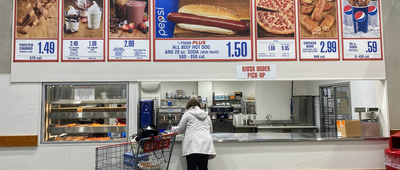Ruin Nation
From deadly wildfires and heat waves to hurricanes, all forcing tens of thousands of people from their homes, natural disasters seem to be on the upswing — with more to come. Hurricane Ian is barreling down on Florida, with an expected 10 feet of storm surge and winds well over 100 mph. Predictions of such potential catastrophes are a reminder of the power of nature and the havoc storms and other natural disasters have caused throughout U.S. history.
Related: 16 Emergency Essentials You Don't Want to Be Without





















